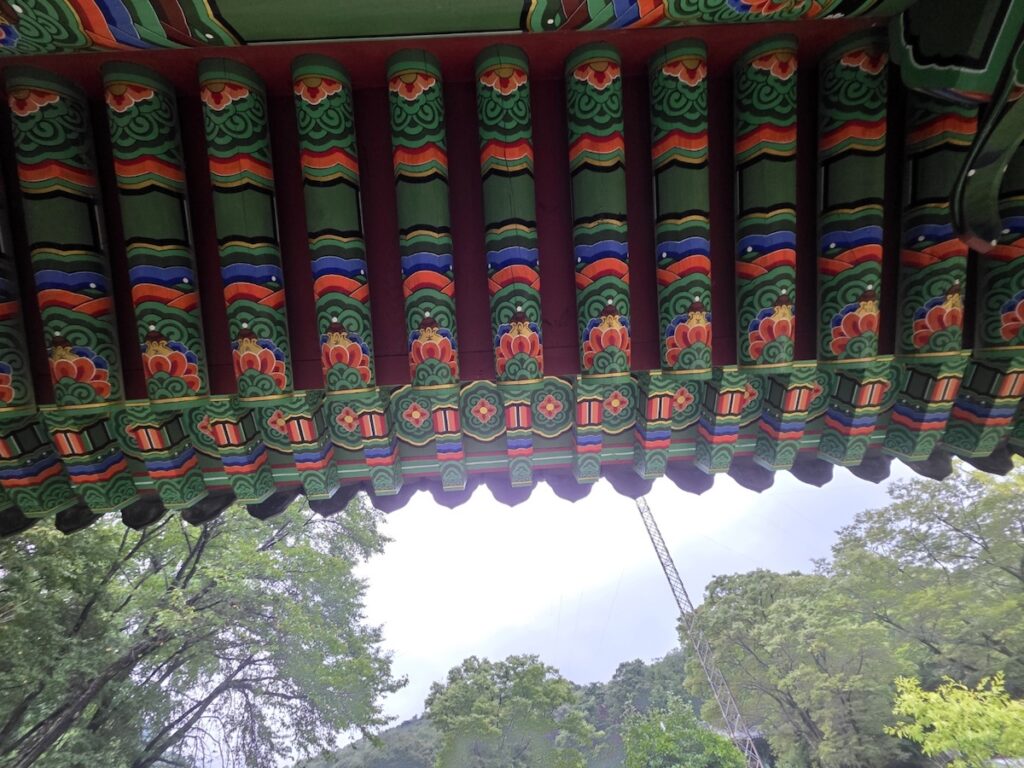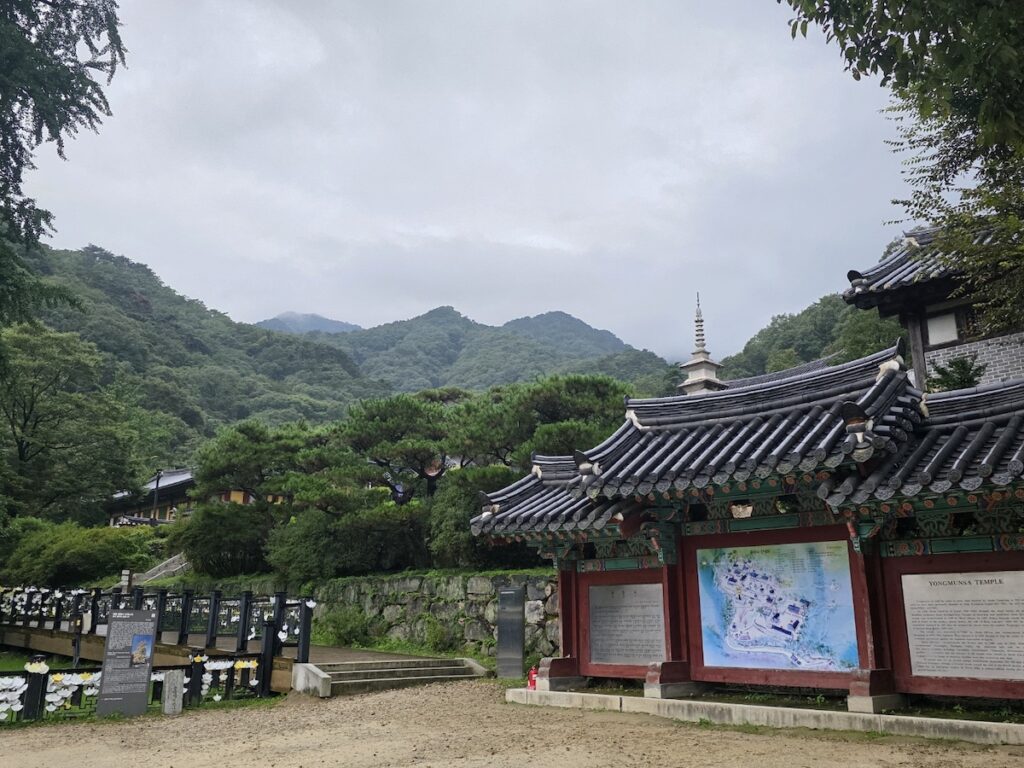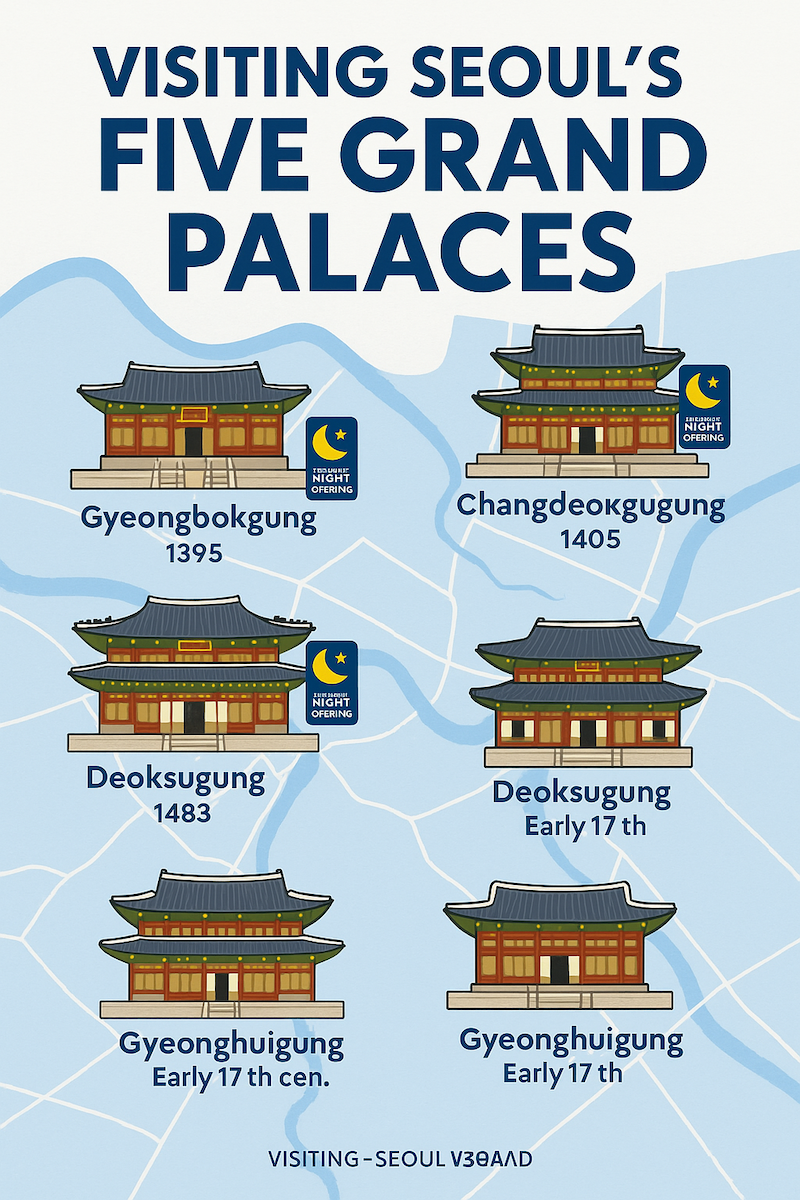If you’re living in Seoul or visiting Korea and looking for a peaceful escape from the city, a temple stay near Seoul might be the perfect weekend retreat.
Unlike tourist-heavy attractions, temple stays offer something deeper — silence, meditation, and a glimpse into Korea’s spiritual heritage. Whether you’re drawn by mindfulness, nature, or cultural immersion, temples around Seoul provide a chance to reset your mind and reconnect with yourself.
In this guide, we’ll explore the best temple stays near Seoul, what to expect, how to book, and practical tips for first-timers — especially if you’re a foreigner seeking balance in the heart of Korea.
🌿 What Is a Temple Stay?
Temple Stay (템플스테이) is a unique Korean cultural program that allows visitors to stay overnight in Buddhist temples, experience monk-led meditation, learn about traditional tea ceremonies, and sometimes even participate in early morning chanting or communal meals.
It’s not just a tourist attraction — it’s a window into Korean Zen (Seon) Buddhism, which emphasizes simplicity, mindfulness, and compassion.
Many programs are designed with foreign visitors in mind, offering English-language guidance, translated materials, and cultural explanations.

🏞️ Why Choose a Temple Stay Near Seoul?
Seoul can be exciting, but it’s also non-stop — traffic, neon lights, and endless noise.
That’s why escaping just an hour or two outside the city to a quiet temple can feel life-changing.
Here’s why a temple stay near Seoul is ideal:
- Accessibility – Reachable by subway or intercity bus in under 2 hours.
- Weekend-Friendly – Many programs are designed for 1 or 2 nights (Friday–Sunday).
- English Support – Seoul-area temples have staff who speak English or offer interpreter help.
- Balanced Experience – Combine spiritual reflection with a touch of nature — rivers, forest paths, and mountain views.
🧘♀️ What to Expect During a Temple Stay
Each temple is different, but most follow a structured daily routine:
Typical Schedule Example:
- 5:00 AM – Wake-up bell (Moktak) & morning chanting
- 6:00 AM – Meditation or walking meditation
- 7:00 AM – Temple breakfast (vegetarian meal)
- 9:00 AM – Cultural experience (tea ceremony or lotus lantern making)
- 12:00 PM – Lunch
- 2:00 PM – Rest or free time for forest walking
- 5:30 PM – Evening chanting
- 7:00 PM – Meditation or Dharma talk
- 9:00 PM – Lights out
You’ll sleep on traditional floor mats, wear temple clothing (provided), and eat simple but delicious Buddhist meals called Baru Gongyang (발우공양) — a mindful way of eating where no food is wasted.
🛕 Best Temple Stays Near Seoul (2025 Update)
Below are the top-rated temples near Seoul that welcome both locals and international guests.
1. Bongeunsa Temple (봉은사) – Gangnam, Seoul
Location: Right in the middle of Gangnam, across from COEX Mall
Distance: 0 km (in Seoul!)
Why Visit: Accessibility + balance of tradition and modern city life
Bongeunsa offers short-term temple stay programs perfect for first-timers.
You can experience meditation, Buddhist tea, and temple tours — all within walking distance of Gangnam Station.
Programs:
- Half-day mindfulness sessions (in English)
- One-night temple stay for foreigners
- Buddhist culture experience (lotus lantern making, chanting)
Booking:
👉 templestay.com/bongeunsa
2. Geumsunsa Temple (금선사) – Near Gyeongbokgung, Inside Bukhansan National Park
Location: Jongno-gu, Seoul
Distance: 30–40 minutes from downtown
Why Visit: Mountain serenity just minutes from the royal palaces
Tucked into the forested slopes of Bukhansan, Geumsunsa is ideal if you love hiking and nature.
It’s famous for its “meditation with a view”—the temple overlooks the entire city of Seoul.
Programs:
- “Seon Meditation Weekend” (2D1N)
- Silent retreat options
- English-speaking guides on select weekends
Insider Tip:
The sunrise meditation on the terrace is unforgettable.
3. Myogaksa Temple (묘각사) – Central Seoul Gem
Location: Naksan Park, Jongno-gu
Distance: 15 min from Dongdaemun or Hyehwa
Why Visit: Urban retreat with full temple culture experience
Myogaksa offers some of the most foreigner-friendly temple stay programs in Seoul.
You can join half-day, one-night, or meditation-focused stays.
Highlights:
- English monks and cultural staff
- Temple etiquette classes
- Great night views of Seoul from Naksan Park
Perfect for: Busy travelers who want an authentic experience without leaving the city.
4. Sudoam Temple (수도암) – Gyeonggi-do, near Namyangju
Location: East of Seoul, near the Bukhangang River
Distance: 1 hour by car / 1.5 hr by public transit
Why Visit: Quiet mountain setting, traditional Zen program
This temple offers more immersive meditation sessions with monastic routines — ideal for those wanting a deeper retreat.
Programs:
- Weekend Zen meditation
- Healing forest walks
- Tea & mindfulness workshops
5. Hwagyesa Temple (화계사) – Northern Seoul
Location: Near Suyu Station, Line 4
Why Visit: Long history of serving foreign residents
Hwagyesa has one of the oldest English-speaking meditation communities in Korea, often led by international monks.
Programs:
- Weekly English meditation sessions
- Long-term retreats (7–30 days)
- Buddhist Dharma talks in English
6. Jingwansa Temple (진관사) – Eunpyeong-gu, Seoul
Location: Near Bukhansan Eco Trail
Why Visit: UNESCO-registered temple food & scenic valley
Famous for its temple cuisine, Jingwansa combines mindfulness with delicious plant-based dishes.
If you’re a foodie or vegetarian, this is a must-visit.
🍵 Temple Food Experience (Baru Gongyang)
Eating at a temple isn’t just about nourishment — it’s a spiritual act.
Meals are vegan or vegetarian, prepared without garlic or onions (which are considered stimulating in Buddhist practice).
Rules of Baru Gongyang:
- Eat in silence.
- Take only what you can finish.
- Wash your own bowls using water from the last dish.
- Leave nothing behind — even a single grain of rice.
Temples near Seoul, especially Jingwansa and Geumsunsa, are renowned for their temple food workshops.
If you’re interested in vegetarian culture in Korea, you can even join short “Temple Food Experience” classes offered by the Korean Temple Food Center in Insadong.

🚆 How to Get There from Seoul
Most temple stays near Seoul are reachable by subway or intercity bus.
Example routes:
- Bongeunsa: Line 9 (Bongeunsa Station) – Exit 1, walk 5 min.
- Geumsunsa: Gyeongbokgung Station (Line 3) → Taxi ~15 min.
- Myogaksa: Hyehwa Station (Line 4) → Bus 2112 to Naksan Park.
- Hwagyesa: Suyu Station → Bus 151 or 109 → 10 min walk.
- Sudoam: Maseok Station → Local bus 15-1 → 10 min walk.
Tip: Most temples are listed on Google Maps + KakaoMap (search by “templestay + temple name”).
💰 Cost of a Temple Stay (2025 Standard)
| Type | Duration | Average Price |
|---|---|---|
| One-night stay | 1D1N | ₩60,000–₩90,000 |
| Weekend program | 2D1N | ₩80,000–₩120,000 |
| Day experience | 4–6 hrs | ₩30,000–₩50,000 |
Includes:
✅ Accommodation
✅ Temple uniform
✅ Meals (2–3)
✅ Cultural activities
🧳 What to Bring
- Comfortable clothes (you’ll get temple uniform)
- Reusable water bottle
- Toiletries and towel
- Socks or slippers
- Light jacket (mountain weather shifts fast)
- No loud music or perfume — respect the calm space
⚠️ Etiquette Tips for Foreigners
Temple stays are peaceful, not performative.
Here are a few cultural notes to help you fit right in:
- No smoking or alcohol anywhere on temple grounds
- Silence is valued — whisper or stay quiet during meals
- Phones off during meditation
- Bow lightly when greeting monks
- Dress modestly — cover shoulders and knees
- Don’t point your feet toward Buddha statues
🌄 Why It’s Worth It
Even a 24-hour temple stay can reset your body and mind.
Foreign participants often say it’s one of the most memorable experiences of their time in Korea — not because of luxury, but because of simplicity.
In a city where everything moves at lightning speed, temple stays near Seoul offer something priceless:
Stillness, clarity, and connection.
📍 Useful Resources
- Official English Booking Site: https://eng.templestay.com
- Temple Food Center: https://www.koreantemplefood.com
- Korean Tourism Board: https://english.visitkorea.or.kr
🧘 Final Thoughts
A weekend temple stay near Seoul isn’t just about escaping the city — it’s about rediscovering balance.
You don’t have to be Buddhist, or even spiritual, to feel the calm that these sacred places radiate.
So if you’re feeling overwhelmed by Seoul’s energy, pack a light bag, leave your phone behind, and spend a night under the sound of temple bells.
By the time you return, you’ll carry that stillness with you — long after the trip is over.

